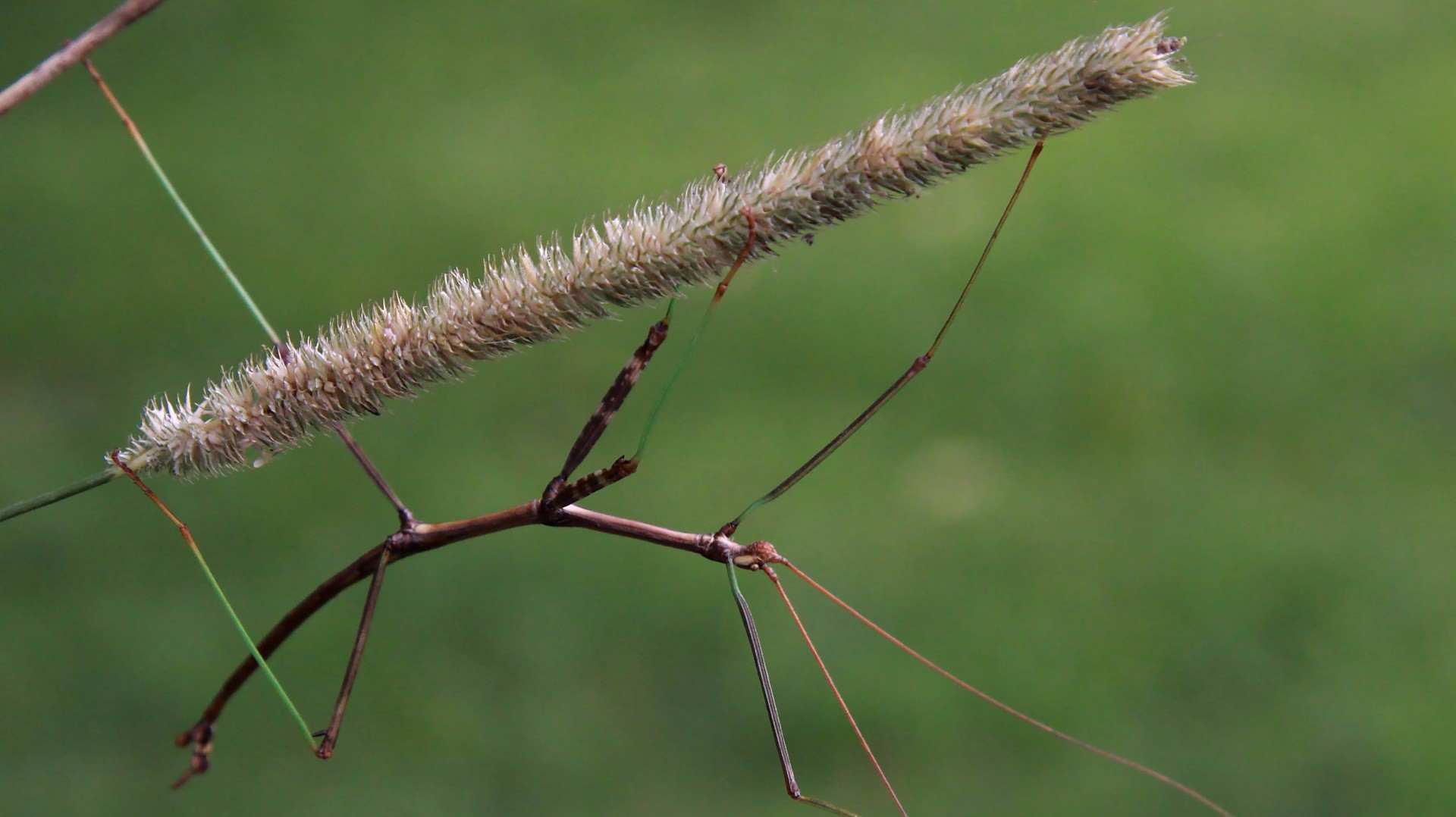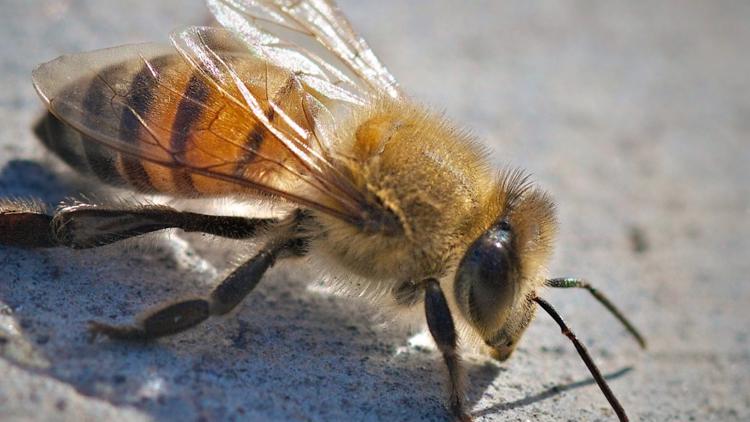From the mountains to the desert and indigenous landscapes, Arizona is full of amazing and exotic wildlife.
Some may be slow-moving and some you’d be lucky to catch them in action. These animals adapt and thrive in the most isolated and harshest environments.
In an effort to raise awareness to native species in this state, here’s a list of 10 species you might not have known existed in Arizona.
Despite their prevalence, some of these intelligent creatures are under Endangered Species Act, making it unlawful to capture, pursue, hunt, possess, wound, trap, or kill them, so take a look but treat them with respect.
PHOTOS: Exotic critters in Arizona
PHOTOS: Critters of Arizona
1. Jaguarundi (Puma yagouaroundi) - Small cat with small head, slender elongated body. Mostly live in Latin America.
2. Jerboas (Dipodids) - Long legged, hopping desert rodents, can live in harsh environments.
3. Stink bug (Chinavia hilaris) - A little bug with a stinky defense mechanism.
4. Ringtail (Bassariscus astutus) - Looks like a raccoon, known for its long tail with alternating black and white fur rings. They have large eyes and prefer rocky habitats.
5. Kangaroo rat (Dipodomys desert) - Found in arid parts of southwestern North America, including Death Valley, the Great Basin, the Mojave Desert, and portions of the Sonoran Desert in Arizona.
6. Walking stick (Diapheromera femorata) - Considered a fragile and harmless insect.
7. Africanized bees (Apis mellifera) - Normally found in Europe and southern Africa, these bees are much more defensive and aggressive than honeybees on bee farms.
8. Gila monster (Heloderma suspectum) - The only venomous Lizards native to the United States and federally protected by state law in Arizona.
9. Praying mantis (Mantodea) - This insect is called ‘praying’ because its long front legs are together.10. Javalina (Tayassuu Tajacu) - Belonging to the peccary family, they are often mistaken for wild pigs. Javelinas are common in the deserts of central and southern Arizona, Texas, New Mexico and through Central America.
10. Javalina (Tayassuu Tajacu) - Belonging to the peccary family, they are often mistaken for wild pigs. Javelinas are common in the deserts of central and southern Arizona, Texas, New Mexico and through Central America.




